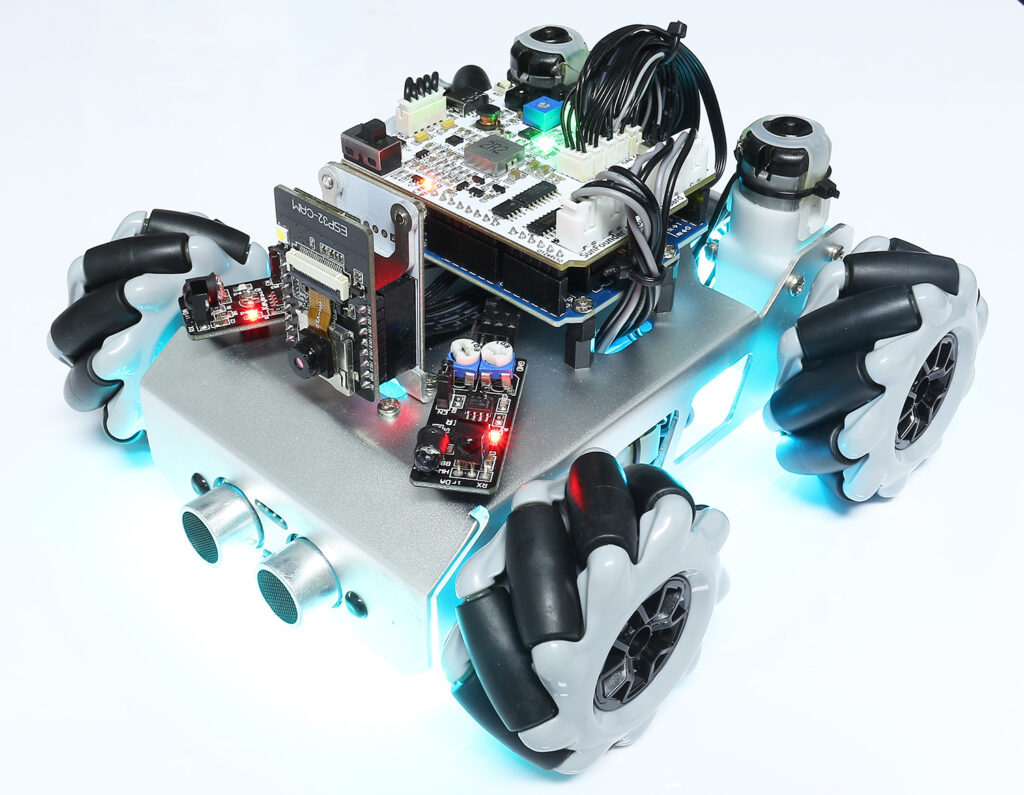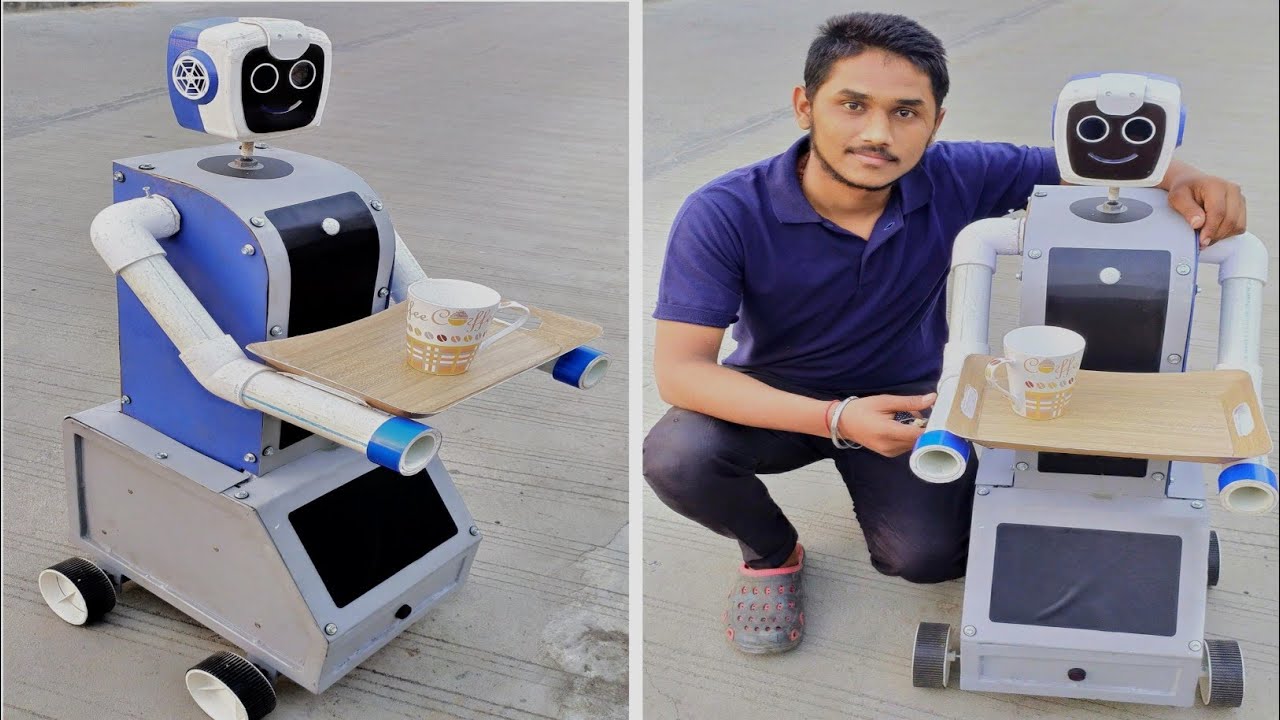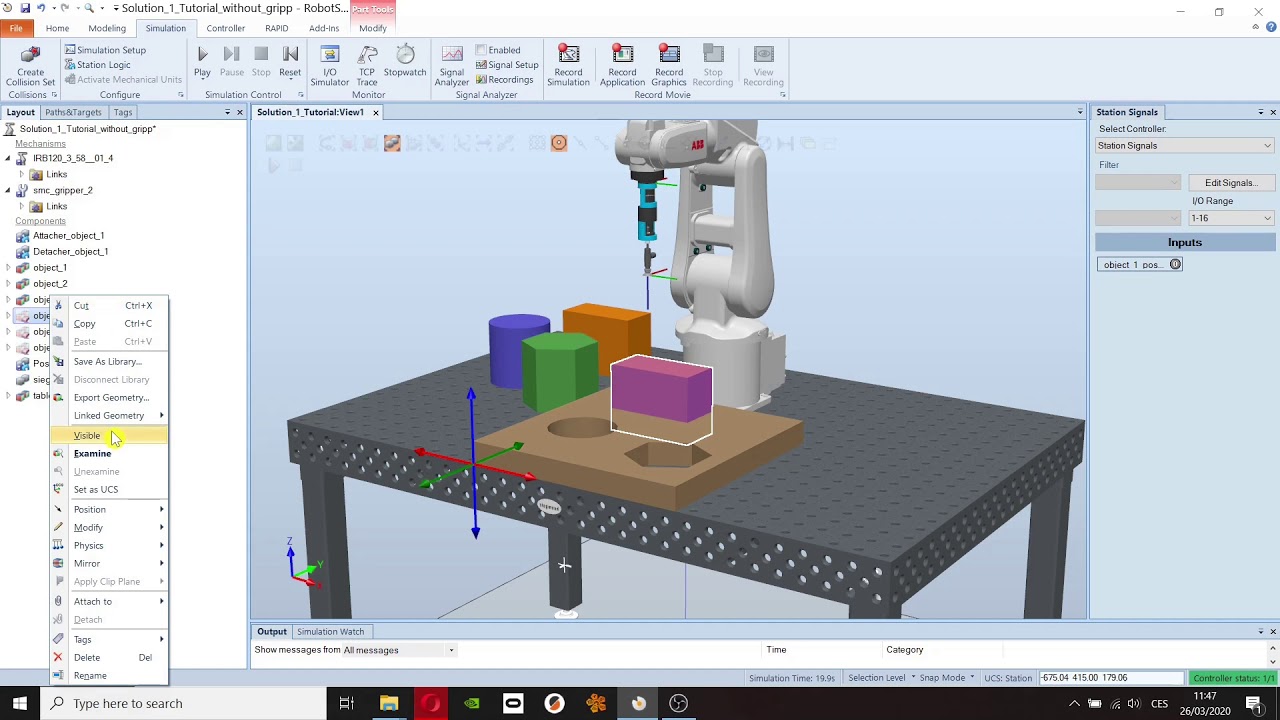How to incorporate mecanum wheels into robot design?
When it comes to designing a robot with exceptional mobility and maneuverability, mecanum wheels are a popular choice among robotic enthusiasts. These unique wheels feature rollers set at a 45-degree angle to the main rotational axis, allowing the robot to move in any direction with ease. In this article, we will explore the key considerations and steps involved in incorporating mecanum wheels into your robot design.
1. Understanding the basics of mecanum wheels
Before delving into the design process, it is crucial to understand how mecanum wheels work. Unlike traditional wheels that move forward and backward, mecanum wheels can also move sideways by rotating the wheels in opposite directions. This omnidirectional movement is achieved by the unique arrangement of rollers on the wheels, enabling the robot to navigate tight spaces and execute complex maneuvers.
2. Choosing the right mecanum wheels
When selecting mecanum wheels for your robot design, consider factors such as wheel size, weight capacity, and roller material. Larger wheels provide better traction and stability, while smaller wheels are more suitable for compact robots. Additionally, opt for high-quality rollers made of durable materials to ensure smooth operation and longevity.
3. Integrating mecanum wheels into the chassis
Once you have chosen the appropriate mecanum wheels for your robot, it is time to integrate them into the chassis. Ensure that the wheels are securely attached to the motor shafts and aligned properly to maintain balance and stability. Test the wheels’ rotation and movement to confirm that they are functioning correctly before moving on to the next step.
4. Programming the mecanum wheel movement
Programming the movement of mecanum wheels requires a different approach compared to traditional wheel designs. Utilize algorithms that calculate the speed and direction of each wheel independently to achieve seamless omnidirectional movement. Experiment with different movement patterns and refine your code to optimize the robot’s performance.
5. Testing and fine-tuning
After incorporating mecanum wheels into your robot design and programming the movement algorithms, it is essential to test the robot in various environments and scenarios. Fine-tune the wheel speed, direction, and responsiveness to different inputs to ensure optimal performance. Conduct thorough testing to identify any issues or areas for improvement and make necessary adjustments.
6. Advantages of using mecanum wheels
- Enhanced maneuverability and agility
- Ability to move in any direction without changing orientation
- Smooth and precise movements
- Optimal performance in tight spaces and crowded environments
7. Conclusion
Incorporating mecanum wheels into your robot design can significantly enhance its mobility and maneuverability capabilities. By understanding the basics of mecanum wheels, choosing the right components, and fine-tuning the movement algorithms, you can create a robot that excels in navigating diverse environments and executing complex tasks with ease.
How to incorporate mecanum wheels into robot design?
When it comes to designing a robot with exceptional mobility and maneuverability, mecanum wheels are a popular choice among robotic enthusiasts. These unique wheels feature rollers set at a 45-degree angle to the main rotational axis, allowing the robot to move in any direction with ease. In this article, we will explore the key considerations and steps involved in incorporating mecanum wheels into your robot design.
1. Understanding the basics of mecanum wheels
Before delving into the design process, it is crucial to understand how mecanum wheels work. Unlike traditional wheels that move forward and backward, mecanum wheels can also move sideways by rotating the wheels in opposite directions. This omnidirectional movement is achieved by the unique arrangement of rollers on the wheels, enabling the robot to navigate tight spaces and execute complex maneuvers.
2. Choosing the right mecanum wheels
When selecting mecanum wheels for your robot design, consider factors such as wheel size, weight capacity, and roller material. Larger wheels provide better traction and stability, while smaller wheels are more suitable for compact robots. Additionally, opt for high-quality rollers made of durable materials to ensure smooth operation and longevity.
3. Integrating mecanum wheels into the chassis
Once you have chosen the appropriate mecanum wheels for your robot, it is time to integrate them into the chassis. Ensure that the wheels are securely attached to the motor shafts and aligned properly to maintain balance and stability. Test the wheels’ rotation and movement to confirm that they are functioning correctly before moving on to the next step.
4. Programming the mecanum wheel movement
Programming the movement of mecanum wheels requires a different approach compared to traditional wheel designs. Utilize algorithms that calculate the speed and direction of each wheel independently to achieve seamless omnidirectional movement. Experiment with different movement patterns and refine your code to optimize the robot’s performance.
5. Testing and fine-tuning
After incorporating mecanum wheels into your robot design and programming the movement algorithms, it is essential to test the robot in various environments and scenarios. Fine-tune the wheel speed, direction, and responsiveness to different inputs to ensure optimal performance. Conduct thorough testing to identify any issues or areas for improvement and make necessary adjustments.
6. Advantages of using mecanum wheels
- Enhanced maneuverability and agility
- Ability to move in any direction without changing orientation
- Smooth and precise movements
- Optimal performance in tight spaces and crowded environments
7. Conclusion
Incorporating mecanum wheels into your robot design can significantly enhance its mobility and maneuverability capabilities. By understanding the basics of mecanum wheels, choosing the right components, and fine-tuning the movement algorithms, you can create a robot that excels in navigating diverse environments and executing complex tasks with ease.



